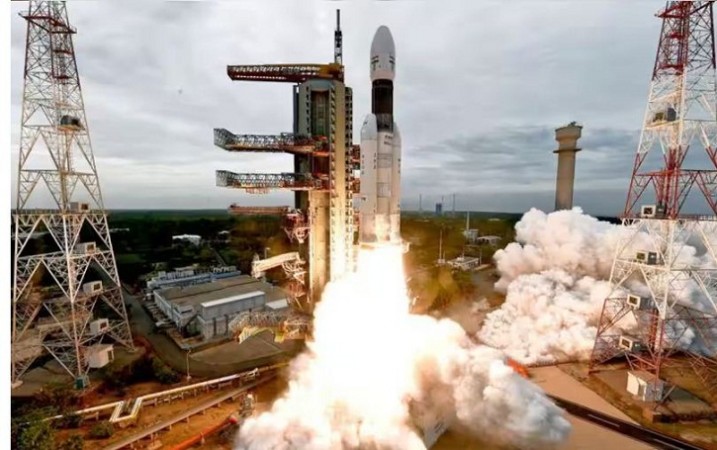
Sriharikota: The Indian government is currently eyeing July 13 as the potential launch date for the much-anticipated Chandrayaan-3 mission, which aims to land a state-of-the-art rover on the enigmatic lunar surface. A highly placed official disclosed that the ambitious venture is tentatively scheduled for takeoff at 2:30 pm from the Satish Dhawan Space Centre in Sriharikota.
Nonetheless, Chairman of the Indian Space Research Organisation (ISRO), S Somanath, clarified that although the date has not been officially confirmed, the organization is contemplating selecting the earliest viable date falling between July 12 and 19. Somanath made these comments while engaging with reporters on the sidelines of an esteemed Indian Air Force event.
"At present, the window of opportunity spans from July 12 to 19. We shall opt for the earliest feasible date, which could be anywhere from July 12, 13, or 14, and progress towards the end of the window, unless we encounter any unforeseen technical impediments," Somanath explained, addressing inquiries regarding the purported July 13 launch.
"No precise date has been officially announced as of yet. We shall ascertain the exact date once all the requisite tests have been satisfactorily completed... the final date will certainly fall within this timeframe," Somanath elaborated.
According to ISRO, the Chandrayaan-3 spacecraft has already been meticulously fabricated and assembled, including the integration of the faring, eagerly awaiting its integration with the launch vehicle.
"At present, the integration process with the rocket is in progress and is expected to conclude within the next two to three days, following which a comprehensive testing program shall commence," Somanath added. He further emphasized that a series of tests would be diligently carried out subsequent to the integration with the launch vehicle.
Chandrayaan-3 serves as the subsequent mission to Chandrayaan-2 and aims to showcase the end-to-end capabilities necessary for a secure lunar landing and the successful deployment of a rover. The spacecraft comprises a lander and rover configuration, with the propulsion module responsible for transporting the lander and rover to a lunar orbit of 100 km. Additionally, it incorporates the Spectro-Polarimetry of Habitable Planet Earth payload, designed to facilitate the study of Earth's spectral and polarimetric characteristics from the vantage point of the lunar orbit.
Will ISRO Launch a QKD Satellite? What Key Role will Ahmedabad Play